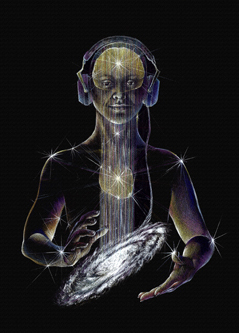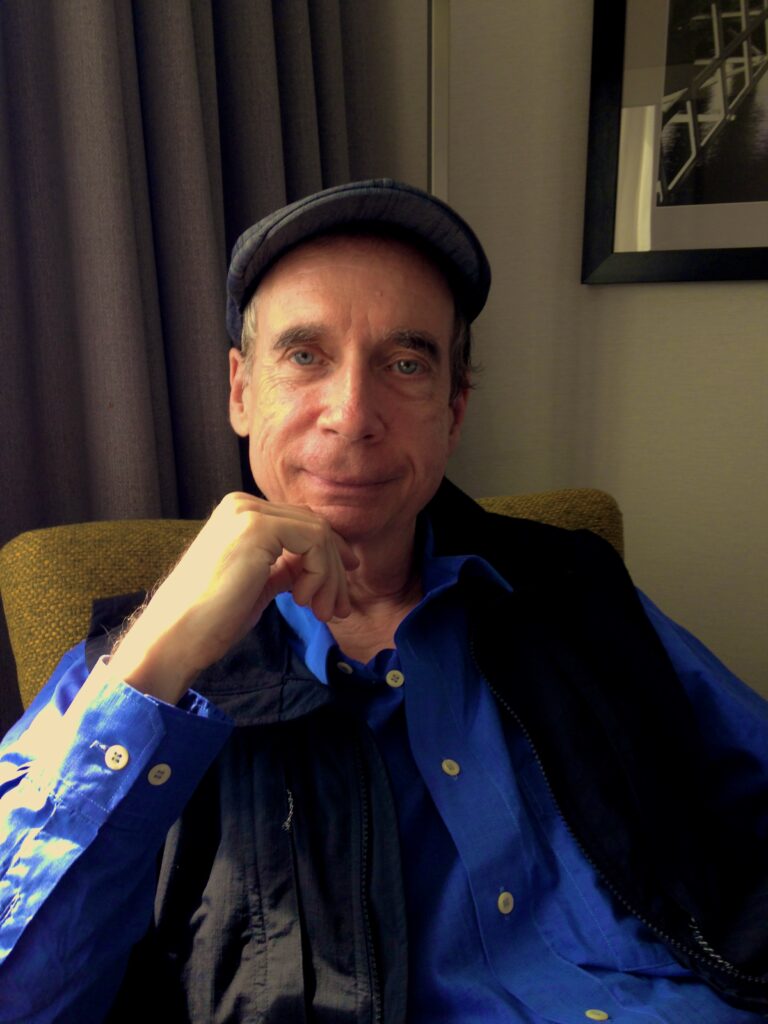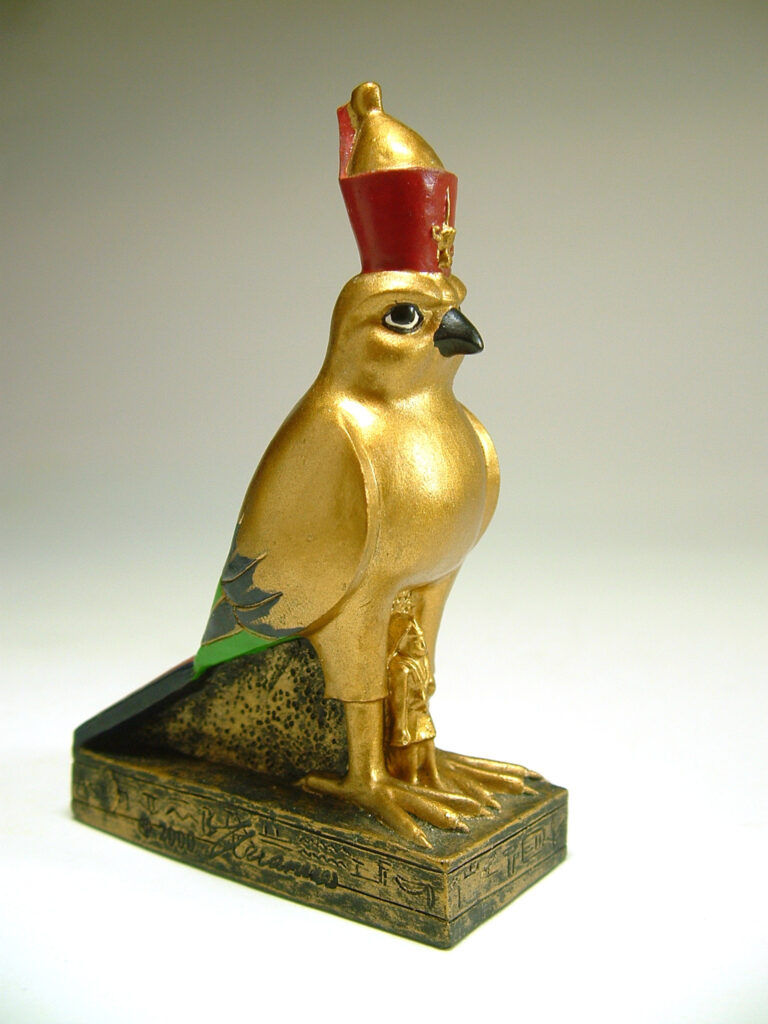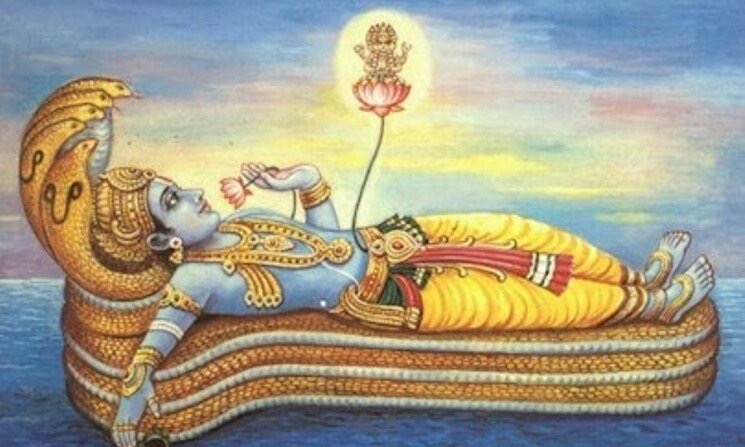The 2024 Calendar
I have no plans to offer any public workshops or tours this year, but I am looking at 2025 as a distinct possibility for in person events. In the meantime, I am offering several online courses.
To view these, click here.
The Acceleratron

Your future in not what it used to be. Sometime around the Winter Solstice I plan to offer the Accelerton, an online Hathor Intensive. If you are signed up for Contact on the website, you will receive automatic notifications about any upcoming events—including online or public workshops.
*For those interested in other online offerings, you may like the work of my step-daughter, Jennifer Posada. For more info, go to www.jenniferposada.com.
Thoughts and Observations
 (c) 2009 Adrianne Koteen All Rights Reserved
(c) 2009 Adrianne Koteen All Rights Reserved
The above photo was taken in Edinburg, Scotland in a room that was completely dark except for the flickering light of candles. I thought it was a perfect metaphor for our times—i.e., the dance between light and darkness.
Many of the world’s mythologies address the conundrum of light and darkness. And many of them convey cultural wisdom and by exploring these myths we can gain deeper insight into our human condition. In the Egyptian mysteries, the oscillation between the light and the dark is embodied by the violent encounters between Set (the evil one) and Horus (the divine High Self).
The Hawk Headed High God Horus

In their battle for dominance, there is a moment when they are fighting so intensely their individual selves blur, and in that instant, they become Set-Horus. In the intensity of their struggle, it is difficult—if not impossible–to determine who’s who. And in the current world situation as fascism, intolerance, religious extremism and racial hatred are on the rise, it seems as if much of the world, including many of our politicians, are entering the precarious volatility that characterizes Set-Horus. But the Set-Horus conflict does not just apply to external situations—like the current world stage. It also applies to our inner worlds—the tug of our thoughts and emotions, both life-affirming and life-destructive.
In the original version of the myth, Horus eventually wins the conflict but only after Set has stabbed out his eyes. In a supreme act of spiritual power, the goddess Hathor comes to Horus’s aid and opens his Third Eye (through the use of etheric fire) so that he can see past the illusions of duality. He then rises in vibration to become The High God Horus; defeats Set and claims the throne that is rightfully his.
There are many messages scattered throughout the myth of Set-Horus. And one of them is the secret that is required to expand our consciousness so that we see past the illusions of this world.
This secret requires us to rise above the level of the problem (i.e., our own conditioning) to alter and expand our awareness so that we see past the illusions of duality in both our inner worlds and the outer world of human conduct. If we fail in this task, we will pay a supreme price both personally and culturally.
The task of rising above the chaos of duality can certainly be a daunting one, and at times it can seem insurmountable as well. It is here that I would like to turn our attention to another myth, this one from ancient India that deals with two gods, Vishnu and Brahma. Brahma is the creation god of Hinduism, and his consort is Saraswathi. Vishnu sustains the universe, and his consort is Lakshmi. It is said in various sacred texts that the entire cosmos and we, ourselves, are all just part of Vishnu’s dream.
In some depictions, Vishnu is seen reclined floating on water (i.e., the Cosmic Sea) and coming out of his navel is a small Brahma (the creator god in Hinduism). This is a potent mythological symbol that speaks to something new as it emerges in an embryonic state prior to a shift-in-reality. In other words, even in the midst of old creations, new creations can and do emerge.
I think this aspect of the myth is vital for those of us exploring our inner worlds. And there are a few hidden messages in this presentation of the myth I wish to turn our attention. But I would first like to look at the ancient myth of Vishnu from the perspectives of modern neuroscience.
Recent advances in neuropsychology have demonstrated that our brains and neural networks can re-create themselves by building new neurological connections. It used to be thought that the brain could not self-heal, but research now shows that it can and does heal itself when the right conditions are met. This process is often referred to as Neurogenesis.
Furthermore, research in the field of genetics shows that we can also alter our DNA under the right conditions. This process is referred to as Epigenetics.
Note: You can view various informative videos on YouTube that discuss both Neurogenesis and Epigenetics. Just type the terms into the browser. Some of these interviews are highly technical but several are layperson friendly.
Both Neurogenesis and Epigenetics are expressions of our greater potential, and they demonstrate how quickly radical shifts in neural and/or genetic realities can take place. In other words, they are a modern version of Brahma (i.e., new creation) emerging from a current reality to create a new reality.
Let us now turn our attention back to the myth of Vishnu. Do remember that this is an ancient mythological presentation of reality, and the symbolic presentation of the myth is highly metaphorical —not based in mathematics as it is used in modern science.

Notice the flower that Vishnu holds in his left hand. He seems to be entranced as he smells the flower. He is lost in reverie as he draws in the sweet aromas of the blossom. These aromas are messages from the biological matrix that all physically embodied sentient beings are a part of. I am using this term to describe the complex inter-relationships that exist between all biological life-forms. And when this matrix is viewed from highly expanded states of consciousness it often generates amusing and blissful sensations.
Furthermore, the symbol posits an important aspect of Vishnu’s nature. He is focusing on the sweetness of existence, not the bitterness and regrets of transient existence… i.e., the human condition that arises whenever awareness is confined to the impermanent nature of duality without connection to our spiritual and transcendent natures.
This is a very important message for those of us striving to extract ourselves from the snares of our own limitations. Focus on the positive aspects of life, the sweet moments of our existence because what we focus on expands.
Vishnu, The Great Dreamer, is altering his awareness by residing in the bliss of his own transcendent nature and by drawing in the bliss that resides within the biological matrix. In other words, the myth is pointing to the extraordinary opportunities for spiritual unfoldment that arise when we conjoin the bliss of our divine nature with the bliss that can arise from our own deep connections to the biological matrix.
We are living in extremely challenging times, and it is easy to be overwhelmed by the multi-dimensionality of change that is engulfing our planet.
But the myth of Brahma (as the harbinger of new creation) emerging from Vishnu (The Great Dreamer and Sustainer of the Cosmos) points to our deep potential for positive change. Even when we are dealing with difficult and intractable situations, we can hold space for new creations. By doing so, we activate a deeper receptivity for personal and collective change. When this receptivity for new realities is conjoined with practical action, we have a potent catalyst for change. What we do with this power is, of course, our personal and cultural responsibility.
I wish you and those you love safe passage through the storms of change that are clearly upon us,
Tom Kenyon
May All Beings Be Happy
May All Beings Be Free



